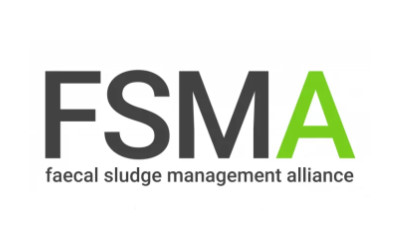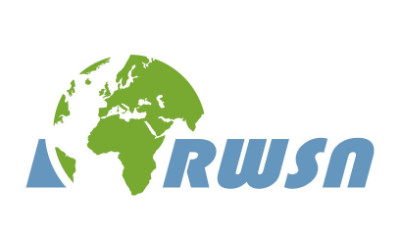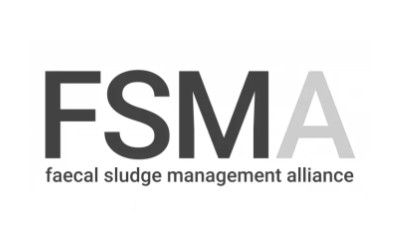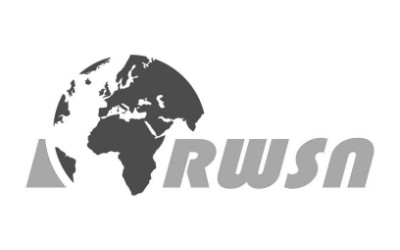Why is it important
 Effective planning and public toilet design is critical to safety, accessibility and long-term usability of public toilets. PT solutions need to be adapted to the local conditions and demands. User needs and what is possible has to guide the toilet design choices as well as maintenance approaches to ensure demand-oriented and functional toilet facilities and services.
Effective planning and public toilet design is critical to safety, accessibility and long-term usability of public toilets. PT solutions need to be adapted to the local conditions and demands. User needs and what is possible has to guide the toilet design choices as well as maintenance approaches to ensure demand-oriented and functional toilet facilities and services.
Contents
1. User needs and demands decide the public toilet model
2. Planning and design norms impact design and site plan layouts
3. Local context and site conditions decide the technical model
4. Design and technical model affect the cost of public toilet improvements and construction
5. Clustering according to economic and operational viability affects the project structuring

How to go about it
To establish an effective citywide public toilet system (restoration and new facilities) requires a series of inter-connected decisions to be taken step by step. Once feasible sites have been identified (supply and demand assessment), the technical team carries out a detailed site assessment and prepares technical designs and site plan layouts for each project. It is essential to consider the following:
- User needs and demands decide the public toilet model
- Planning and design norms impact design and site plan layouts
- Local context and site conditions decide the technical model
- Design and technical model affect the cost of public toilet improvements and construction
- Clustering according to economic and operational viability affects the project structuring
1. User needs and demands decide the public toilet model
One critical part of the planning process is who the asset is being designed for (target group) and what the solution aims to address (e.g. urination, defecation). Based on this and the demand (categorized according to footfall), the toilet design and nature of service levels differ accordingly. The public toilet model can thus be chosen based on:

2. Planning and design norms impact design and site plan layouts
The design/site plan layouts (unit computation) need to be in line with the national planning norms (i.e. the National Building Code of India such as CPHEEO, building byelaws; standards such as Bureau of Indian Standards (BIS), etc. (table)). Moreover, each public toilet needs to provide gender-specific basic facilities (Box). Besides using quality construction material, stringent management and maintenance standards need to be adopted to ensure lasting quality and usability.
PT gender-specific facilities & design parameters:
- Accessibility (esp. for women and the disabled)
- Privacy and security (esp. for women)
- Separate toilet blocks for men & women
- Separate showers for men & women
- External signage (visibility, usage)
- Internal signage (foster cleanliness)


3. Local context and site conditions decide the technical model
The decision-making framework for technical model selection (Figure) guides planners and decisions makers in selecting the most suitable technical model based on local conditions such as land availability, water supply, electricity, and UGD connection. For instance, public toilets at the roadside can only be constructed if the road is sufficiently wide for PT users not to interfere with vehicular or pedestrian traffic. In general, locations with the highest support infrastructure (water, wastewater, electricity, drainage, etc.) should be chosen to minimise the toilet project cost.
4. Design and technical model affect the cost of public toilet improvements and construction
The planning unit and sanitation profile (e.g. location, availability of land, demands and need of the users) decide possible design options. The technical designs and layout determine the cost of each public toilet facility. Industry practices, guidelines and benchmarks should be considered to set design standards and help to estimate the respective cost (capital investment, operations and maintenance (O&M) and marketing). The indicative cost heads and standard annual O&M costs should be tabulated in the Detailed Project Report (DPR). The variations between the different technical public toilet models stem from multiple aspects – material used, treatment options, type of toilet seat and power supply provision – and affect the costs of construction and maintenance (between Rs. 1,000–70,000). Availability and suitability should be the decisive factor. For instance, owing to India’s weather conditions, it is advisable to use reinforced cement structures (as opposed to pre-fabricated facilities).
5. Clustering according to economic and operational viability affects the project structuring
To identify the most suitable operation and business model, toilets are grouped (clustered) based on certain parameters (i.e. spatial aspects, revenue, footfalls, user characteristics, extent of rehabilitation required, etc.). The data of individual toilets is aggregated for each cluster to identify the most appropriate cluster approach (Table). The inventory database forms the basis for the cluster analysis. The financial analysis of each cluster shows if the revenue from footfalls is sufficient to cover costs for operating all toilets within the cluster (advertisement revenue excluded) or if the municipality needs to provide additional funding support. This also helps in defining the bid parameters that need to be included into the contract (royalty, O&M fee). Cross-subsidizing is an option to ensure viability across all the clusters. The clustering options selected during the assessment and planning stage need to be reconfirmed after the business model selection. The size and number of clusters is key to finalizing the procurement strategy.

The parameters considered for determining the number of clusters are:
- Number of potential operators in the market
- Capabilities of potential operators
- Ability of municipality to administer and monitor the contracts
Application On Ground
Tirupati
The City finalized the technical designs for the 5 initially selected public toilets projects.
Shimla
The City analysed different cluster options to ensure improved public toilet management. The findings from the inventory study, user perception studies and secondary research guided the selection of the public toilet model and formulation of planning and design norms and technical design. The clustering approach helped towards understanding the economics of operating toilets by defining the pros and cons, risks, and financial viability of the different toilet types and cluster options; and choosing the correct business model. The city shortlisted three cluster options (revenue potential based clustering – high, medium, low). Each has different qualification criteria as per the respective operational and business models, to help select the most suitable operator for each cluster: ROMT or O&M contract for clusters 1 & 2 (high & medium footfall); Community-based model for Cluster 3 (low footfalls).














